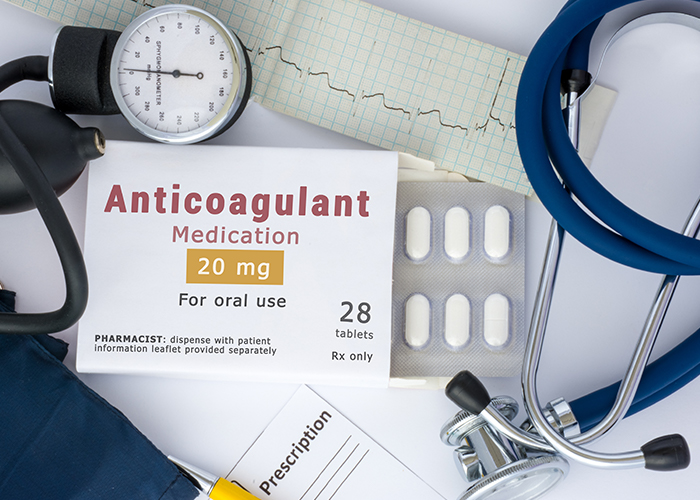
Anticoagulation for patients with AF reduces the risk of stroke by two-thirds. Traditionally, this required treatment with warfarin but, increasingly, direct acting oral anticoagulants (DOACs) are used. In clinical trials of patients with nonvalvular AF, DOACs have been shown to be at least as effective as warfarin.
As a result, there are currently four DOACs (apixaban, dabigatran, edoxaban and rivaroxaban) available for preventing stroke and systemic embolism in patients with non-valvular atrial fibrillation.
Unlike warfarin, DOACs have fixed once or twice a day dosing regimens without the requirement for regular blood testing to adjust levels. However, DOACs are renally excreted so choice of dosage (and whether a DOAC can be prescribed) requires ongoing assessment of a patient’s renal function.
It is also important to remember that warfarin remains the drug of choice:
- If DOACs are contraindicated (e.g. in patients with mechanical heart valves, patients with moderate to severe mitral stenosis or patients with antiphospholipid syndrome)
- In severe renal impairment (creatinine clearance less than 15ml/minute)
- At extremes of body weight – there is less information available on the efficacy and/or safety of DOACs in patients with low (less than 50kg) or high (more than 120kg) body weight
- If drug interactions are likely to have a significant effect on DOAC levels.
Starting anticoagulation treatment
The choice of anticoagulant depends on the patient history and also on patient preference.
NICE guidelines expect an informed discussion between the prescriber and the patient regarding the benefits and any potential risks of treatment. Ensuring the anticoagulation is appropriate for the patient will be covered later in this module.
